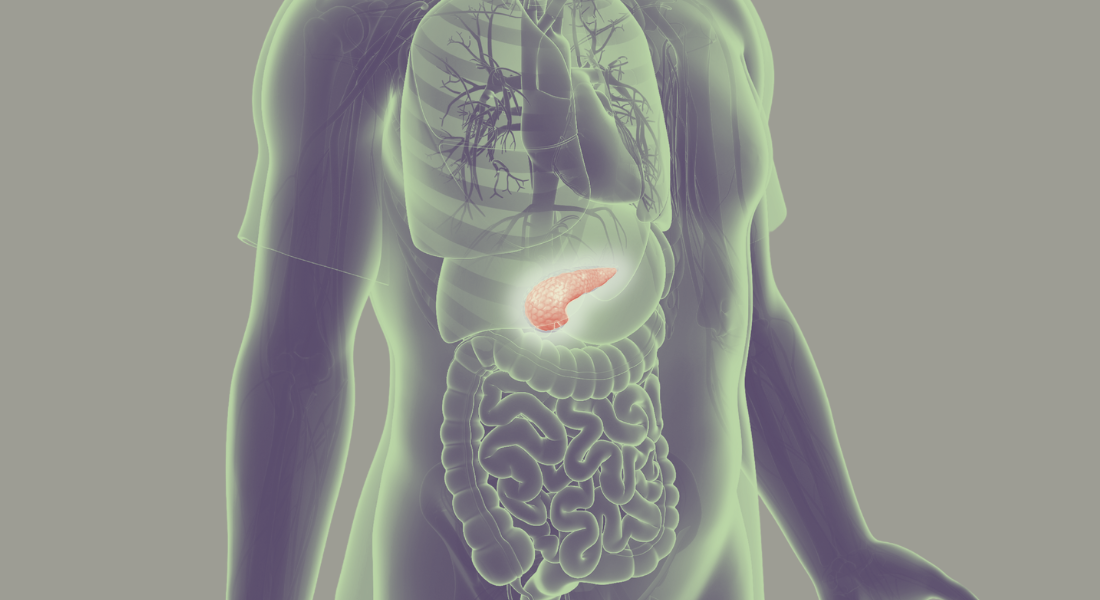New effective treatment for deadly cancer may be on its way
A new advanced form of treatment for one of the deadliest cancers worldwide, pancreatic cancer, may be on its way, research from the University of Copenhagen and Rigshospitalet shows. It has the potential to increase survival rates and quality of life for patients.

Pancreatic cancer is one of the deadliest of all cancers. Only 12 per cent of men diagnosed with pancreatic cancer are alive five years after diagnosis; for women it is 14 per cent.
In pancreatic cancer, symptoms are unclear and often emerge late in its progression. It is difficult to treat once the cancer has spread, as it cannot be removed completely with surgery.
Now researchers from the University of Copenhagen and Rigshospitalet have made significant advances in developing a
treatment for pancreatic cancer, co-author of a new study Lars Henning Engelholm explains. The study is based on ADC (antibody drug conjugates) technique, which is being used to treat other types of cancers.
“We have previously been successful in developing a so-called ADC for treating sarcoma and getting FDA approval for clinical trials, which will soon begin. In our new study, we have used the same technique to try to develop a new treatment for pancreatic cancer, which unfortunately is both common and extremely deadly,” says Group Leader Lars Henning Engelholm from the Finsen Laboratory at Rigshospitalet and the Biotech Research & Innovation Centre at the University of Copenhagen. He adds:
“The past 20 years have seen virtually no progress in treatment for pancreatic cancer, but our study shows promising results with a new type of drug that can fight the cancer on several fronts. The treatment directly kills the cancer cells and the support cells that the cancer uses to grow and shield itself. By targeting the support cells, the treatment also releases toxins that can kill neighbouring cancer cells. Additionally, destroying the support cells weakens the tumour structure, making it easier for the body’s immune system to attack and eliminate it.”
The ADC consists of three main components: an antibody, a chemical linker that ties the antibody to the drug, and a strong chemotherapeutic drug. Once the ADC has located and entered the cancer cell, the linker decomposes, activating the chemotherapy and killing the cancer cell from the inside. This Trojan horse strategy offers targeted treatment without affecting the healthy cells.
New hope for patients
Because ADC treatment is extremely accurate and causes minimal damage to healthy cells, it is a likely candidate for treatment of the more difficult cancers.
“Our ADC distinguishes itself from existing treatments by being targeted and extremely accurate. With this technique – releasing the chemotherapy inside the cancer cells – we may see a significant reduction in side effects compared to traditional treatment forms,” Lars Henning Engelholm explains.
The researchers wanted to develop a treatment that may benefit future patients. Therefore, they have made sure the treatment can be tested on humans in clinical trials.
“As part of the process, we have humanised the ADC antibody, which means that we have changed its structure to resemble antibodies naturally occurring in the human body. This adjustment ensures that the body’s immune system does not recognize the antibody as foreign and attack it. Humanisation is a critical step in making the treatment both safe and effective for patients and represents a key milestone on the path towards clinical trials,” says Lars Henning Engelholm.
The researchers are now working to further develop the drug and get it ready for clinical testing on humans with pancreatic cancer.
“Pancreatic cancer is very difficult to treat and among the deadliest cancers. At present, no ADCs have been approved for this type of cancer,” Lars Henning Engelholm says and adds:
“Our mission is to further develop this treatment to a point where it can attract funding from pharmaceutical or biotech companies or form the basis of a spinout company that can take the next critical steps towards clinical trials on humans within the next three to five years.”
In the long term, this extremely accurate and effective treatment may also benefit patients suffering from other types of cancer.
“We are already exploring the potential of the ADC when it comes to other cancers, e.g. triple-negative breast cancer and colon cancer, with a pressing need for better treatment options. With continued support and collaboration, we hope our ADC will pave the way for new, effective treatment that can make a difference to patients suffering from some of the deadliest cancers.”
Pancreatic cancer
- Prevalence: Around 1,000-1,200 Danes are diagnosed with pancreatic cancer each year; most of them are older than 65.
- Prognosis: The survival rate is among the lowest for all cancer types; a mere 12-14 per cent are alive five years after diagnosis.
- Treatment options: The disease is often diagnosed at a late stage and is therefore difficult to treat. Only a small number of patients are candidates for surgery, and the effect of chemotherapy is limited.
- Biology: In pancreatic cancer, the tumour is largely made up of stromal cells, which are support cells found in the tumour environment that protect the cancer cells and create a barrier to treatment.
Contact
Associate Professor and Group Leader Lars Henning Engelholm
lhe@finsenlab.dk
+45 31 43 20 77
Journalist Sascha Kael Rasmussen
sascha.kael.rasmussen@sund.ku.dk
+45 93 56 51 68
